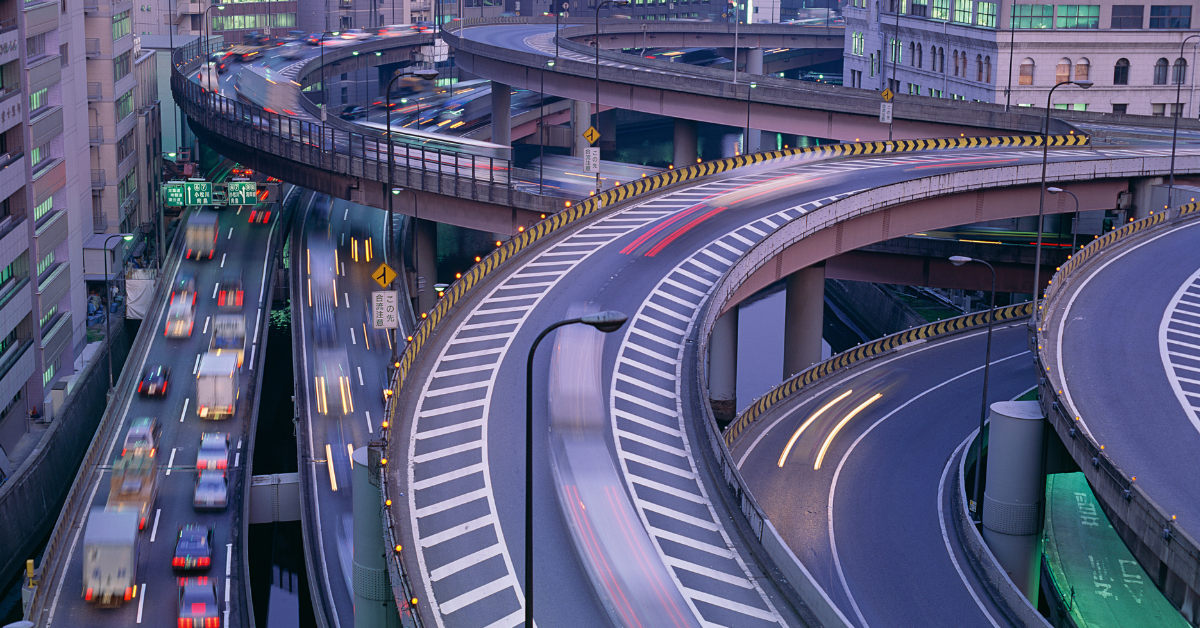The underground relocation of the Shuto Expressway at Nihonbashi marks one of Tokyo’s most ambitious urban renewal projects. Scheduled to begin full-scale construction in April 2025, it aims to restore the historic skyline of Nihonbashi, enhance pedestrian spaces, and create new cultural and economic opportunities for the city.
Background and Significance of the Nihonbashi Underground Project
The elevated Shuto Expressway above Nihonbashi was built in a rush to coincide with the 1964 Tokyo Olympics. At the time, road infrastructure to support economic growth was prioritized, and the impact on the cityscape was largely overlooked. However, the value of Nihonbashi as a tourism resource, pedestrian comfort, and the quality of the urban landscape have become more important in recent years, prompting serious consideration of underground relocation.
This plan is not just a road relocation but a symbol of urban regeneration. In addition to restoring the cityscape, it aims to rebalance history, culture, and commerce.
| Item | Details |
|---|---|
| Project section | Edo-bashi Junction to Gofuku-bashi area, approx. 1.8 km |
| Start date | April 2025 |
| Underground opening | Fiscal year 2035 |
| Elevated removal completion | Fiscal year 2040 |
| Main objectives | Improve cityscape, maintain traffic functions, stimulate economy |
Construction Schedule and Phased Progress
As this underground project will span many years, it will proceed cautiously while maintaining traffic functions. Preparations such as temporary road construction and the installation of shield tunneling machines will come first, followed by underground tunnel excavation. Even after opening, the elevated removal will not start immediately; safety and alternative route assurance will take priority.
| Fiscal Year | Work Details |
|---|---|
| 2025 | Temporary road construction, tunneling equipment installation |
| 2026–2034 | Underground tunnel excavation and structural construction |
| 2035 | Underground tunnel opens |
| 2036–2039 | Traffic switchover, elevated removal preparation |
| 2040 | Elevated removal, redevelopment of surface space |
Because this is a long-term project, budget management and safety measures are critical.
Restoring the Cityscape and Reviving Historical Assets
The removal of the elevated expressway will open the sky above Nihonbashi’s iconic arch once more. Visitors will be able to appreciate the bridge’s role as the starting point of Japan’s historic road network in a more natural environment. Stone paving and river views in the surrounding area will be improved, increasing both historical value and tourism appeal.
| Cityscape Improvement Effects | Details |
|---|---|
| View restoration | Panoramic views of the sky and surrounding architecture |
| Historical revival | Recreate the Edo-era highway ambiance |
| Tourism promotion | New photo spots and sightseeing routes |
| Pedestrian comfort | Better sunlight and ventilation |
Economic Impact and Local Revitalization
The redeveloped surface space after underground relocation will be repurposed for commerce, culture, and community gatherings. Public plazas and event spaces will encourage foot traffic, benefiting shopping districts and office areas.
| Economic Effects | Details |
|---|---|
| Commercial revitalization | Increased sales from higher visitor numbers |
| Tourism revenue | Boost in demand for hotels, restaurants, and souvenirs |
| Real estate value increase | Improved cityscape raises asset value |
| Job creation | Employment in construction, tourism, and services |
Enhancing the city’s appeal also strengthens its international competitiveness.
Traffic Impacts and Challenges
During the construction period, lane restrictions and traffic congestion are expected in some sections. This will require measures such as promoting public transportation use and enhancing signal control on surrounding roads. Even after completion, ventilation facilities, evacuation routes, and long-term maintenance systems will be essential.
| Challenge | Countermeasure |
|---|---|
| Traffic congestion | Traffic control plans, improved public communication |
| Construction noise | Sound barriers, adjusted working hours |
| Safety assurance | Monitoring systems |
| Increased maintenance costs | Long-term contracts, energy-efficient systems |
Environmental Improvements and Urban Space Reconstruction
The removal of the elevated highway will make way for parks and pedestrian spaces. This will promote urban greening and help mitigate the heat island effect. Furthermore, the space can be used for cultural events and outdoor art exhibitions.
| Environmental Improvement Effects | Details |
|---|---|
| Noise reduction | Elimination of traffic noise sources at ground level |
| Air quality improvement | Reduction in vehicle exhaust emissions |
| Increase in green space | New parks and plantings |
| Urban heat mitigation | Cooling effect through shade and vegetation |
Conclusion
The Nihonbashi underground relocation of the Shuto Expressway is a national-level urban regeneration project with multiple benefits, including cityscape restoration, economic revitalization, and environmental improvement. While it will take over 15 years to complete, the future holds a new Nihonbashi where history and modernity coexist. This transformation will also enhance Tokyo’s overall urban image, making it a model case for world-class urban space development.






